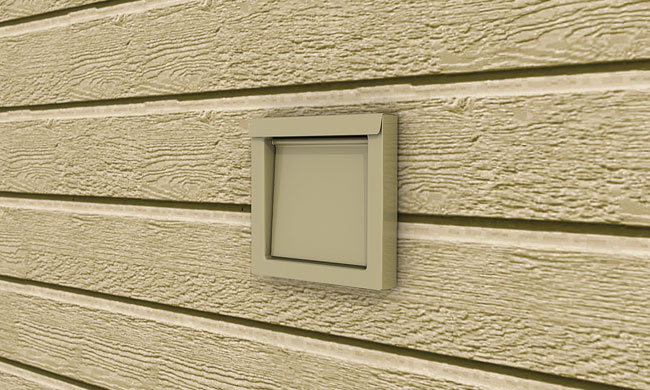home improvement
Chores to Tackle to Get Your Home Ready for Spring

(Family Features) After months spent largely indoors while harsh elements battered your home’s exterior, many homeowners are throwing open the windows and embracing spring’s arrival.
Every home requires ongoing maintenance to ensure it’s living up to its aesthetic and functional best. This checklist can help you create a comfortable home setting for enjoying the warmer months.
Check gutters. During the colder months, debris can accumulate in the gutters, which can be problematic when spring rains arrive. Clogged gutters prevent water from flowing efficiently away from the roof and house. When they’re backed up, they can cause water damage in a short amount of time. Faulty guttering can also cause slow leaks that lead to damage you may not discover until major repair work is needed. Properly functioning gutters are clear of debris, flow freely and are securely attached to the home.
Inspect the roof. Your roof takes a real beating in all kinds of weather conditions. Making it a common practice to carefully inspect the roof with the change of seasons can help you identify potential problems while they’re still in early stages, before a big storm hits and major damage occurs. Some roof issues can be addressed with simple repairs you can do yourself while others may require a professional. A roofing expert can help you determine whether any trouble areas can be patched or if a more complete restoration is in order.
Replace the dryer vent. Upgrading your dryer vent is an opportunity to conserve energy and prevent flammable lint build-up in your dryers. One option for updating the exhaust system is a paintable version of InoVate’s Prime DryerWallVent. Engineered for both vent replacement and new construction, the vent includes features such as a gravity-assist damper, integrated magnets and a drip edge to provide extra protection from the elements as well as pests. A large, clean opening and lightweight angled damper promote exceptional airflow efficiency.
Service air conditioning units. Your heating and cooling system works hard to keep your indoor climate comfortable when extreme temperatures make the outdoors unbearable. That’s why it’s important to have your systems serviced by a professional, and spring is a smart time to do so before they’re hard at work throughout the warmer months. Service can correct problems and ensure everything is operating efficiently, which can lead to money savings as well.
Repair window screens. Throughout the winter, your home’s window screens can accumulate a layer of dirt and grime that isn’t just unsightly; it blows indoors when you open the windows to welcome a fresh breeze. What’s more, if your screens have rips and tears, pesky bugs and other critters can make their way into your home more easily. Cleaning and repairing your screens can make your home more secure and help protect your indoor air quality.
Find more information to help get your home ready for spring at DryerWallVent.com.
Photo courtesy of Unsplash
SOURCE:
InOvate
